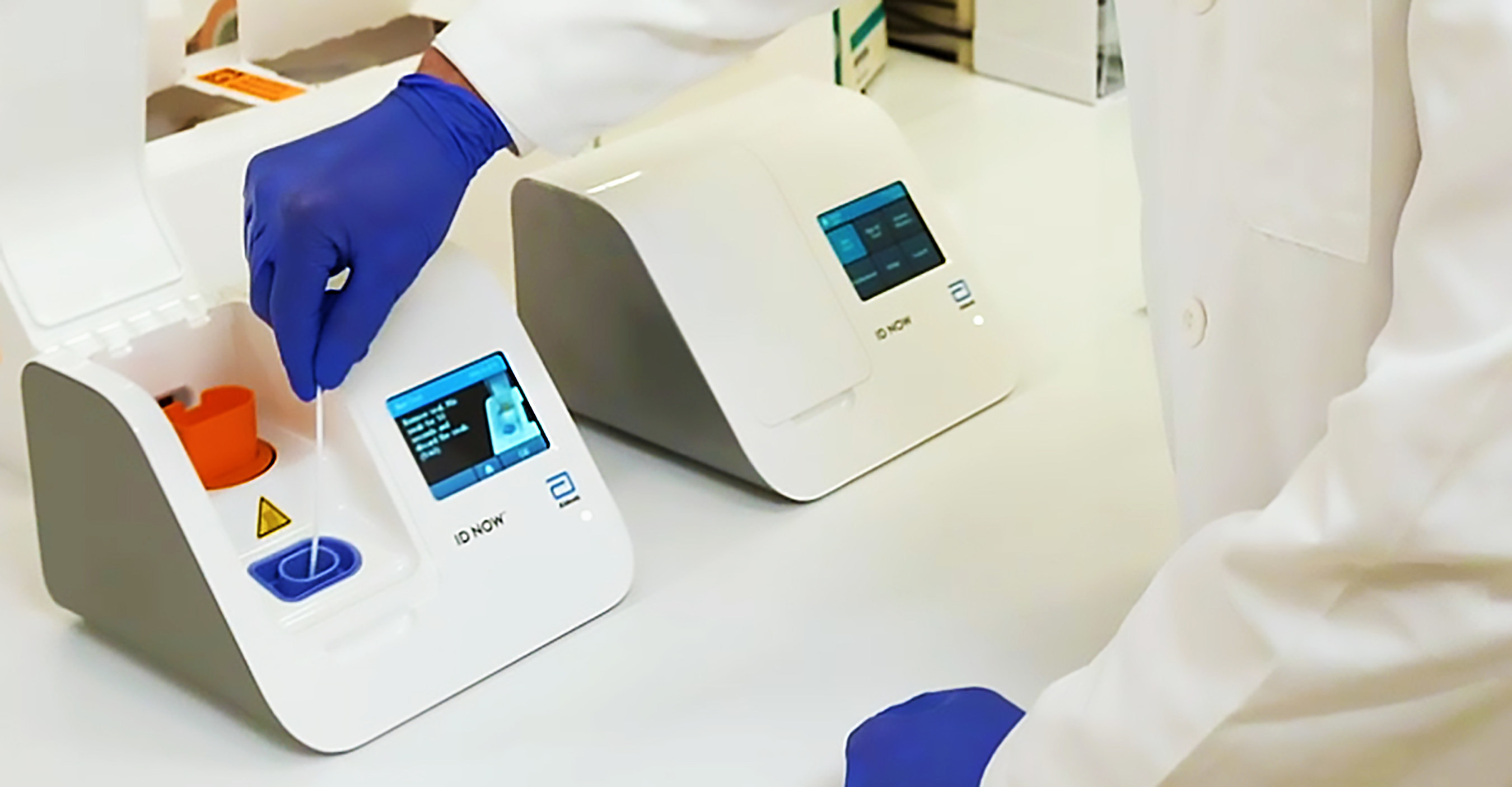Lateral Flow Test for Leptospira in Veterinary Clinics
The lateral flow test is a rapid diagnostic tool widely used in veterinary clinics to detect Leptospira bacteria, the causative agent of leptospirosis. This infectious disease affects both animals and humans, making early detection crucial for preventing its spread.
Leptospirosis is prevalent worldwide, with significant morbidity rates among both domesticated and wild animals. In veterinary clinics, it is important to ensure accurate and timely diagnosis to implement appropriate treatment strategies. The lateral flow test provides a simple, rapid method to identify Leptospira in urine samples from suspected cases.
The test involves the use of a dipstick or strip that contains antibodies specific for the Leptospira antigen. When the specimen is added to one end of the strip, it migrates through the membrane and binds to the immobilized antibodies if present. This binding event produces a visible reaction at the detection line.
The lateral flow test is particularly advantageous in veterinary clinics due to its simplicity, speed, and ease of interpretation. It allows for immediate results, enabling quick decision-making on whether further diagnostic steps are necessary or if treatment can be initiated promptly. Moreover, it reduces the need for more complex laboratory tests, thereby enhancing efficiency.
For accurate results, proper specimen collection is critical. Urine samples should be collected from patients presenting with symptoms such as lethargy, fever, and jaundice. The samples must be free of antimicrobial agents to avoid false negatives. In clinical practice, the lateral flow test can also serve as a screening tool before more definitive tests like serology or culture are performed.
The lateral flow test for Leptospira is based on specific standards that ensure its reliability and accuracy. The [Applied Standards] table below lists these international guidelines:
| Standard Code | Description |
|---|---|
| ISO 13964:2018 | Guidelines for the performance of in vitro diagnostic tests using lateral flow technology |
| ASTM E2795-15 | Standard specification for lateral flow immunoassay test kits for use with whole blood, serum or plasma |
| EN ISO 14606:2014 | Medical devices—In vitro diagnostic medical devices—Requirements for quality management systems |
The lateral flow test plays a vital role in the veterinary clinic’s diagnostic toolkit. Its simplicity and speed make it an essential tool for quick diagnosis, ensuring that infected animals receive timely treatment to prevent further spread of the disease.
- Early detection reduces the risk of transmission to other animals and humans.
- It allows for immediate initiation of appropriate antibiotics.
- The test can be performed at point-of-care, enhancing patient care efficiency.
In summary, the lateral flow test is an indispensable tool in veterinary clinics for detecting Leptospira. Its simplicity, speed, and reliability make it a preferred method for diagnosing leptospirosis, thereby supporting effective treatment and preventing further outbreaks.
Applied Standards
| Standard Code | Description |
|---|---|
| ISO 13964:2018 | Guidelines for the performance of in vitro diagnostic tests using lateral flow technology |
| ASTM E2795-15 | Standard specification for lateral flow immunoassay test kits for use with whole blood, serum or plasma |
| EN ISO 14606:2014 | Medical devices—In vitro diagnostic medical devices—Requirements for quality management systems |
The lateral flow test adheres to international standards that ensure its reliability and accuracy. These standards include:
- ISO 13964:2018: Guidelines for the performance of in vitro diagnostic tests using lateral flow technology.
- ASTM E2795-15: Standard specification for lateral flow immunoassay test kits for use with whole blood, serum or plasma.
- EN ISO 14606:2014: Medical devices—In vitro diagnostic medical devices—Requirements for quality management systems.
These standards provide a framework that ensures the lateral flow test is accurate and consistent across different laboratories, enhancing trust in its results.
Benefits
The lateral flow test offers several advantages over other diagnostic methods for Leptospira detection:
- Speedy Results: The test provides quick results, typically within 10-15 minutes.
- Ease of Use: It is simple to perform and interpret without the need for extensive training.
- Cost Efficiency: The lateral flow test is relatively inexpensive compared to more complex diagnostic methods.
- Patient Comfort: The non-invasive nature of urine collection reduces patient stress and discomfort.
- Point-of-Care Testing: It allows for testing at the point of care, enhancing efficiency in veterinary clinics.
- Frequent Use: Its reliability makes it a go-to tool for routine screenings and monitoring.
The lateral flow test is particularly beneficial in busy veterinary clinics where quick decision-making is crucial. By providing rapid results, veterinarians can swiftly determine the need for further diagnostic steps or immediate treatment interventions.
International Acceptance and Recognition
The lateral flow test for Leptospira has gained international recognition and acceptance. It is widely used in countries across Europe, North America, and Asia due to its simplicity and reliability.
- Australia: The lateral flow test meets the Australian regulatory requirements and is approved by the Therapeutic Goods Administration (TGA).
- Canada: It complies with Canadian standards and is recognized by Health Canada.
- European Union: The test adheres to European regulations and is approved for use in EU member states.
- New Zealand: It meets New Zealand’s regulatory requirements and is approved by the Medicines Control Council.
- Singapore: Recognized by the Health Sciences Authority (HSA) as an effective diagnostic tool.
- United Kingdom: Approved under the UK’s Medicines and Healthcare Products Regulatory Agency (MHRA).
- United States: The lateral flow test is approved by the Food and Drug Administration (FDA) for use in veterinary clinics.
The widespread acceptance of this diagnostic tool underscores its reliability and effectiveness, making it a standard choice in many countries for detecting Leptospira in urine samples from animals presenting with symptoms of leptospirosis.





